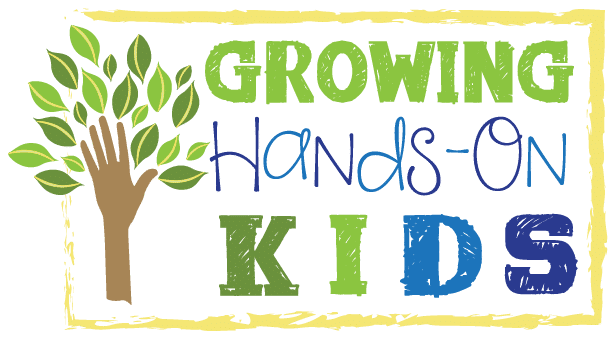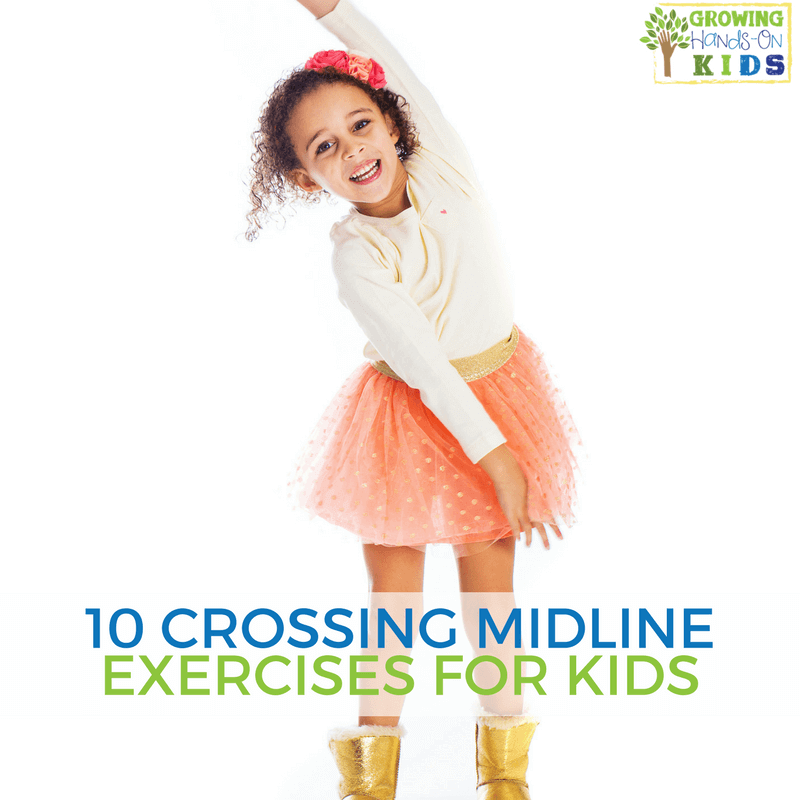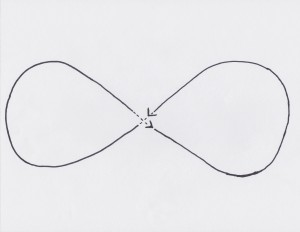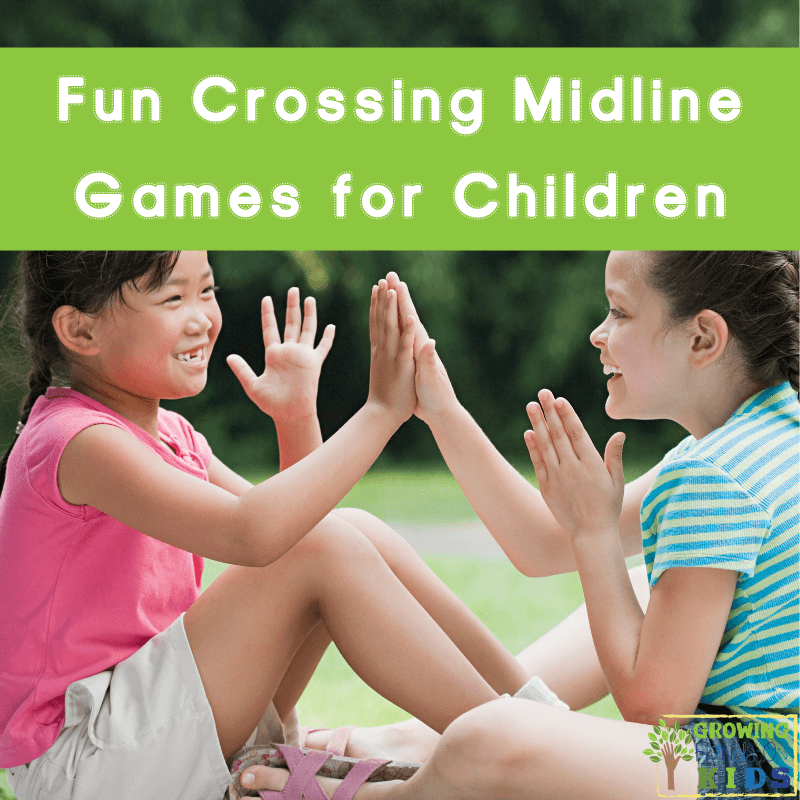10 Crossing Midline Exercises For Kids
Affiliate and Referral links are used below to promote products I love and recommend. I receive a commission on any purchases made through these links. Please see my disclosure policy for more details. As an Amazon Associate, I earn from qualifying purchases.
Crossing the midline is something that all of us do every day without even realizing it. You may not realize it because it is an integrated movement in our bodies from childhood. Today, I am going to share 10 crossing midline exercises for kids.
I also have a free PDF download of 20 crossing midline activity ideas for you at the end of this post.
10 Crossing Midline Exercises for Kids
The crossing midline concept is a very important concept for children growing up to make sure that they have all connections and functionality wired efficiently in the brain. Crossing midline activities strengthen the body and brain by encouraging coordination and developing muscle strength.
These ten crossing midline exercises for kids will help with that process.
1 || PLAYING WITH CARS ON A LARGE PATH
Draw a line on a large piece of paper or make a large path on the floor with blocks for your child to drive their toy cars. Put lots of turns in the path. Encourage your child to just use one hand to drive the car.
2 || PAINTING WITH PAINTBRUSHES
Use large paint brushes and/or rollers, and let your child paint the sides of the house with water. Encourage using one hand at a time.
3 || PLAY FLASHLIGHT TAG
Have each child use their own flashlight, holding onto it with both hands. You can do this at night either outside or in a dark room or gym. Whoever has the flashlight shown on them is frozen and must be untagged by their team member. Remember not to allow the flashlights to be directed at someone's eyes.
4 || WASH THE CAR
Encourage your child to use his/her dominant hand and reach in all directions.
5 || WASH THE WINDOWS
Using a spray bottle and towel, have your child wash the windows in your house or on a flat surface such as the table.
6 || WINDMILLS AND CROSS CRAWLS
These are specifically warm-up exercises that I always use in the classroom before seated work. For the windmills, have your child reach out to the side with their arms straight. Then pretend that they are a windmill by moving their arms in a circle while crossing across the middle of their body (refer to the picture at the top of this post).
For cross crawls, have your child march in place, then touch their opposite knee as it is at their waist. The right arm would touch the left knee, and the left arm would touch the right knee as they are marching in place.
7 || WIPING THE TABLE WITH ONE HAND
Put a light coat of shaving cream all over the table and have your child wipe it off with a wet cloth.
8 || FIGURE 8 PATTERN
Draw a large figure eight (the number eight facing side to side, not top to bottom) with sidewalk chalk for your child and have them walk the figure eight, OR draw the infinity sign and have your child trace it with the finger of their dominant hand.
9 || SET UP A SQUIRT GUN TARGET PRACTICE
Use both hands on the squirt gun to try and knock over cups, wash away chalk, etc.
10 || WATER THE GARDEN
Water the garden or flower beds/pots using both hands on the water hose.
Here are a couple more crossing midline activities that I have shared:
- Crossing Midline Game
- Pom Pom Transfer Game
- Fall Fine Motor & Scooter Board Game
- Winter Themed Scooter Board Game
- Obstacle Course Relay
For more ideas for younger children, check out my other post with 10 crossing midline activity ideas for toddlers.
Keep reading to find out more about why crossing the midline is so important for child development.
What is Crossing Midline?
Crossing the midline is an important part of child development. They need it for reading, writing, and many other important school activities, as well as play activities.
What is midline? If you were to draw an imaginary line down the middle of your body, starting at the head, that is your midline. Every time you cross that line with the right side or left side of your body, that is crossing the midline.
Efficient communication between the sides of the brain is called bilateral integration. In order for children to develop good bilateral coordination skills, or use the left side of the body and right side of the body together, they need both hemispheres to communicate well so they can complete fine motor and gross motor tasks without having to think about it.
At What Age Should a Child Cross Midline?
Crossing midline begins to emerge when a baby is 6-12 months old. You'll notice they start reaching for things across their body.
Crossing midline is a skill that takes a while to perfect, however. Typically, between 8 and 9 years old is when you would expect a child to completely master crossing the midline for a variety of skills such as handwriting, reading, and many gross motor activities.
What does difficulty with crossing the midline look like?
Difficulty with crossing the midline could mean that poor communication is happening between the left and right hemispheres of the brain. When both sides of the brain are working and communicating well together, this is called bilateral integration. Children need this skill for many areas of development.
Crossing the midline affects many gross motor skills and fine motor skills, so here are signs that your child or student may be struggling:
- Your child may actually “get stuck” in mid-reach and have to switch hands to continue a fine motor task such as handwriting, stringing beads, cutting with scissors, etc
- They may compensate by moving their whole trunk to reach toward the opposite side of their body
- They may show immature movement patterns when doing gross motor activities like tossing or kicking a ball, hitting a ball with a bat, or riding a bike
- Difficulty completing self-care activities such as getting dressed (zippers, buttons, putting on socks or pants, etc.), feeding themselves (using a dominant hand to bring the utensil to the mouth), using the bathroom (being able to reach around and wipe with a dominant hand)
In relation to handwriting, crossing midline skills are an important skill because they help to develop handedness, which is the ability to complete a task with a dominant hand (left hand or right hand). Children who do not choose a dominant side can have more difficulties with handwriting, such as forming letters of the alphabet.
Reading can also be affected since the child needs to be able to cross the midline with their eyes in order to track across the page efficiently.
If you feel your child is struggling with crossing midline or any fine motor and gross motor skills, ask for an Occupational Therapy evaluation referral from their doctor or pediatrician. Occupational therapy practitioners can help figure out what the underlying cause or reason may be and give you specific activities and exercises to help strengthen your child or student's skills.
Get 20 Crossing Midline Activity Ideas in a Free Download
Subscribe to my weekly email newsletter and get a free printable of 20 crossing midline activity ideas in a PDF handout.
Enter your email address in the form below and click the green “click here” button. You'll be redirected to a success page with a special offer for signing up for my email list. Head to your email inbox to download the crossing midline handout to your computer.
If you have already subscribed to GHOK, don't worry, you aren't actually subscribing again. Entering your email below just lets my email service provider know which printable download to send you. You will not receive duplicate emails from me in the future.
References:
Carlier, M., Doyen, A. L., & Lamard, C. (2006). Midline crossing: developmental trend from 3 to 10 years of age in a preferential card-reaching task. Brain and Cognition, 61(3), 255-261.
Cermak SA, Quintero EJ, Cohen PM. (1980). Developmental age trends in crossing the body midline in normal children. Am J Occup Ther. 34(5):313-9. doi: 10.5014/ajot.34.5.313. PMID: 7405768.
You May Also Like:

Heather Greutman, COTA
Heather Greutman is a Certified Occupational Therapy Assistant with experience in school-based OT services for preschool through high school. She uses her background to share child development tips, tools, and strategies for parents, educators, and therapists. She is the author of many ebooks including The Basics of Fine Motor Skills, and Basics of Pre-Writing Skills, and co-author of Sensory Processing Explained: A Handbook for Parents and Educators.




I teach preschoolers. These are great tips for parents as well as teachers.
Good things to try. Thx for the suggestions. Great blog 🙂 My little guy is behind a little due to being a preemie and has vitually no corpus collesom so we’ve been doing many exercises to teach him how to use his body both sides to not get stuck midline since he was 3 months old. He’s doing great now I am just on the lookout for more ways to continue to strengthen him. Its very interesting that he does use both hands while playing coloring eating…despite him being 3 and half now I don’t know which hand right or left is dominant.
Thanks for sharing this Heather. I guess we just found some decent activities for the weekend 🙂
When you draw the infinite sign aren’t you apse to go left to right top to bottom. So you would start at the left top.
Yes, however the arrows I have on this drawing are not for starting and stopping points, but a visual for where to cross over for kids who may not be able to.